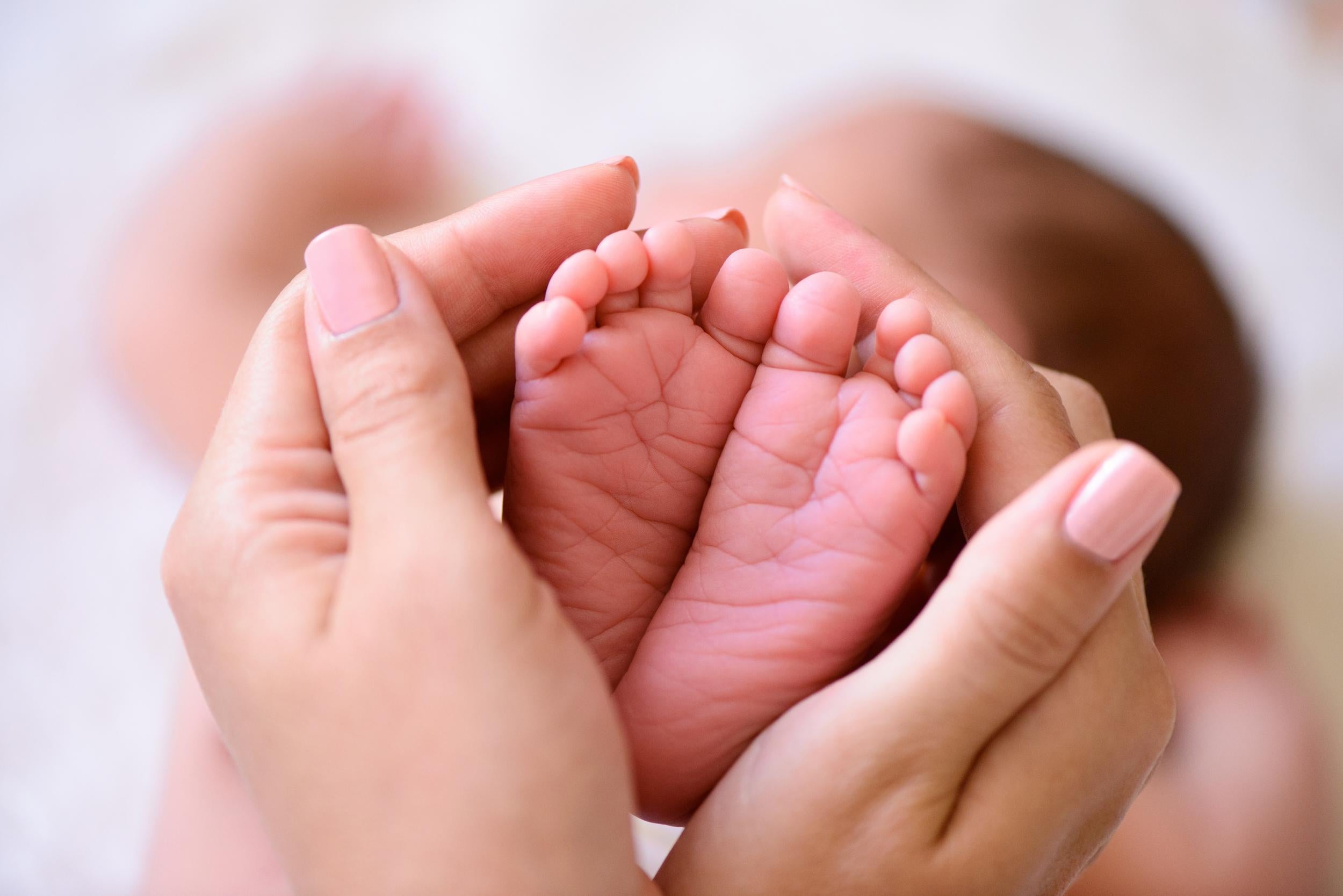Why don't all women get caesareans?
Caesareans can be life-saving for women experiencing complications during pregnancy and labour

Childbirth is one of the most painful experiences a human can endure. As the baby’s head – 11.4cm in diameter on average – passes through the vagina it can tear the perineal area, and afterwards the opening can become drier and looser.
So why don’t all women opt to have a caesarean birth, or a C-section, where the baby is delivered from the womb in an opening in the abdomen? On paper, the procedure seems less painful and risky than vaginal childbirth.
Alice Jones, a 32-year-old civil servant from South Wales and a member of the pregnancy resource Emma’s Diary, gave birth to her five-month-old son via C-section.
As a petite size six standing at 4ft 10in, she was nervous about the prospect of giving birth vaginally.
“I had a lot of anxiety about childbirth in general as a first time mum and read so much information about sections,” she says. When scans showed that her baby was in a breech position, where they are positioned feet first, she was booked in for a section at 41 weeks.
“I was relieved as I really didn’t want to try and go natural knowing that I had a small pelvis and a large baby for my frame. I didn’t want a traumatic birth and it gave me terrible anxiety at the thought of it!”

“I would definitely have another section,” she says. “It was such a calm experience. I could organise and prepare myself beforehand and knew exactly what was happening. The staff were amazing and although it was painful at first it was a quick recovery. I avoided possible complications and I am so pleased to be able to say I had a lovely birthing experience.”
“My scar is neat, I have no numbness, I have no pouch or overhang people talk about and I was back to normal by three to four weeks.”
Nevertheless, she says that she wouldn’t recommend all women to have C-sections.
“I think if your body and mind can cope with a natural delivery then that should be the first option,” she says.
Experts chime with her view. “Like walking and breathing, pregnancy, labour, birth and infant feeding have evolved over millennia to ensure the best possible survival and health of humans as a species,” explains Professor Soo Downe, professor in midwifery studies at the University of Central Lancashire. “Because of this, giving birth naturally usually results in healthy, happy babies and mothers.”
“There are certain circumstances in which a caesarean delivery is safer for the mother such as in the case of a placenta previa as labour followed by a trial of vaginal birth could lead to life-threatening haemorrhage,” says Ilona Goldfarb, an obstetrician for high-risk pregnancies at Massachusetts General Hospital.
And as was the case with Alice Jones, babies who are breech at term are at less risk of harm if they are delivered via C-section. However, women are generally up and out of bed the same day after a vaginal birth, don’t require strong pain killers, and can care for themselves and their infant more easily. Caesareans also put mothers at increased risk of deep vain thrombosis, pulmonary embolism in rare cases. Complications in subsequent pregnancies include uterine rupture, where the old scar on the uterus tears open.
“Labour and birth are complex dynamic processes that have evolved not only to ensure the physical birth of the baby, but also to prime the mother and baby for their lives after the birth. This includes priming the mother for breastfeeding, and, through the stress of labour, priming the baby for life outside the womb,” says Professor Downe.
For the baby, caesarean delivery, compared with vaginal birth, is associated with an increased risk of respiratory problems at birth.
Claire Gibson, a 33-year-old child development office based in Glasgow, suffered accidental nerve damage following her C-section, and says she would have preferred a natural birth.
“I went through seven hours of labour and got to 9cm dilated when the baby’s heart rate dropped. They took a scrape from his head to determine his stress levels and he was in distress so I had to have an emergency C-section. Now I have nerve damage and loss of sensation down my left leg to just above my knee obstetrician says I probably won’t get worse but might not get better either.”
“I think you should only get sections if it is necessary I don’t think I would ever elect to have one now I’ve been through it,” she says.
But for women like Alice Jones, C-sections are a welcome, and sometimes life-saving, option. “My top tip for women who have a section is just keep moving and accept any help that is offered in the first few days,” she says.
“And remember just because you had a section does not mean you failed or took the easy way out.”
Join our commenting forum
Join thought-provoking conversations, follow other Independent readers and see their replies
Comments